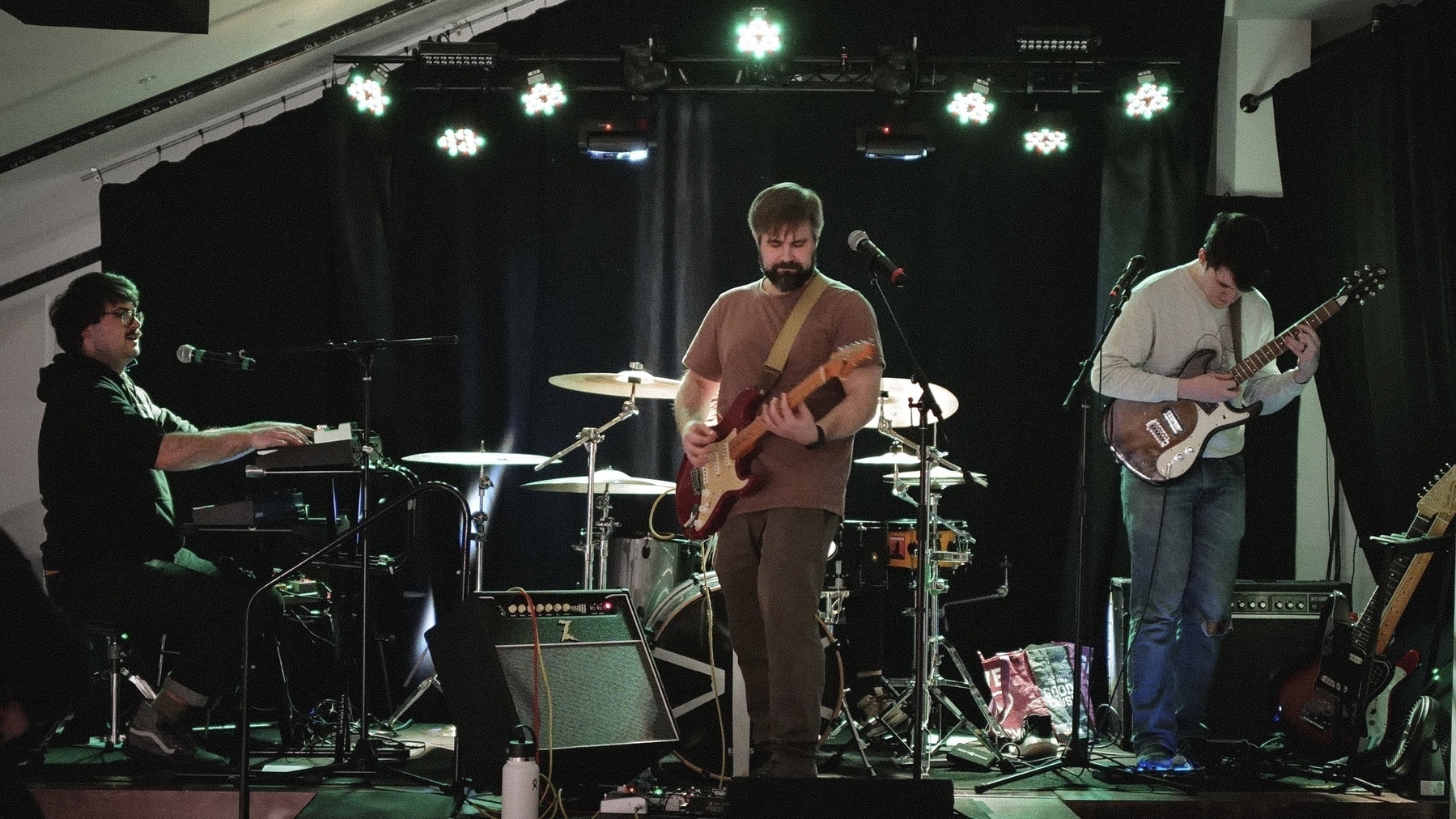For a UI enthusiast and long-time Mac user such as myself, watching Mac OS gradually become a shell of its former self — more locked down, more simplified and iOS-ified — is a painful spectacle. Have I had any problem with my M2 Pro Mac mini running Ventura since I purchased it in June 2023? No. Not an issue, and not a crippling bug either. That’s great, don’t get me wrong. But also: am I happy every time I interact with this Mac OS? No. Not as happy as when I switch to another of my Macs running older Mac OS versions like High Sierra, Mojave, El Capitan, Snow Leopard, Tiger. I use this Mac mainly for work. But it feels just like when I used a Windows PC for work. I tolerate it, I can work with it; but the fun is elsewhere.
There’s an entire world of macOS users having an experience I cannot relate to one iota. Riccardo Mori (link to the post with the above quote), who is an excellent writer, is increasingly one of those people. His downward spiral on Apple and tech in general over the last few years has been kind of weird for me to watch. I know his anguish has discouraged his blogging, especially because he has gotten a lot of push back from folks (and I think he thinks they’ve got the wool over their eyes).
I think a lot of this has to do with aging. As we get older, some ideas become things we cannot let go of, whereas other ideas become less and less important. That’s not to say this is good or bad– I’m not saying someone like Riccardo isn’t keeping up with the times or any such nonsense. I’m saying that each of us, uniquely, has a set of ideas, principles, routines, and desires that become hardened while others wither away. Depending on the mix of things you care about, you can end up deeply satisfied or unsatisfied as the world continues on its own path.
I’m glad that so far, the things that have hardened for me have not run counter to the broader directions of tech– I’ve never felt more capable while spending less and needing less. I’d be pretty bummed out if it felt like the things I need to be able to do (and have fun doing) got worse.
It’s good to read things you can’t relate to directly. It’s good to read about critiques that ring completely false and counter to your experience. I get to try on ideas and consider their value and impact and decide for myself. I am shaped by the opinions I allow in, so I don’t mind reading the endless onslaught of things that sound ridiculous to me– like how Riccardo hates the notch on iPhones and MacBook Pros and still thinks every phone is too big and super hard to use. I can reconsider my experience. Is there something that I’ve been brushing off that I shouldn’t? Are there ways of doing things I have failed to consider that would make me happier or more productive?
Should I offer any of my energy to this?
As I get older, it’s that question that comes up most often– how much of my energy am I willing to expend on this area of my life? I am, at my heart, a satisficer, not a maximizer. I do my research, I think about what my goals are, I make my decisions, and provided they work well, I move on. I want the right home theater equipment, but once installed and working great, I’m content to leave it there for a long time (I don’t think I’ve made any upgrades since getting a 4K capable receiver 6 or 7 years ago, and my speakers haven’t changed in a decade). Once things are great, I let go, no longer offering them any more of my energy.
Great is great, and best is a waste of time.
And so often, I read long critiques about details and moving form great to best and think, “Not one of these things will materially impact me.”






